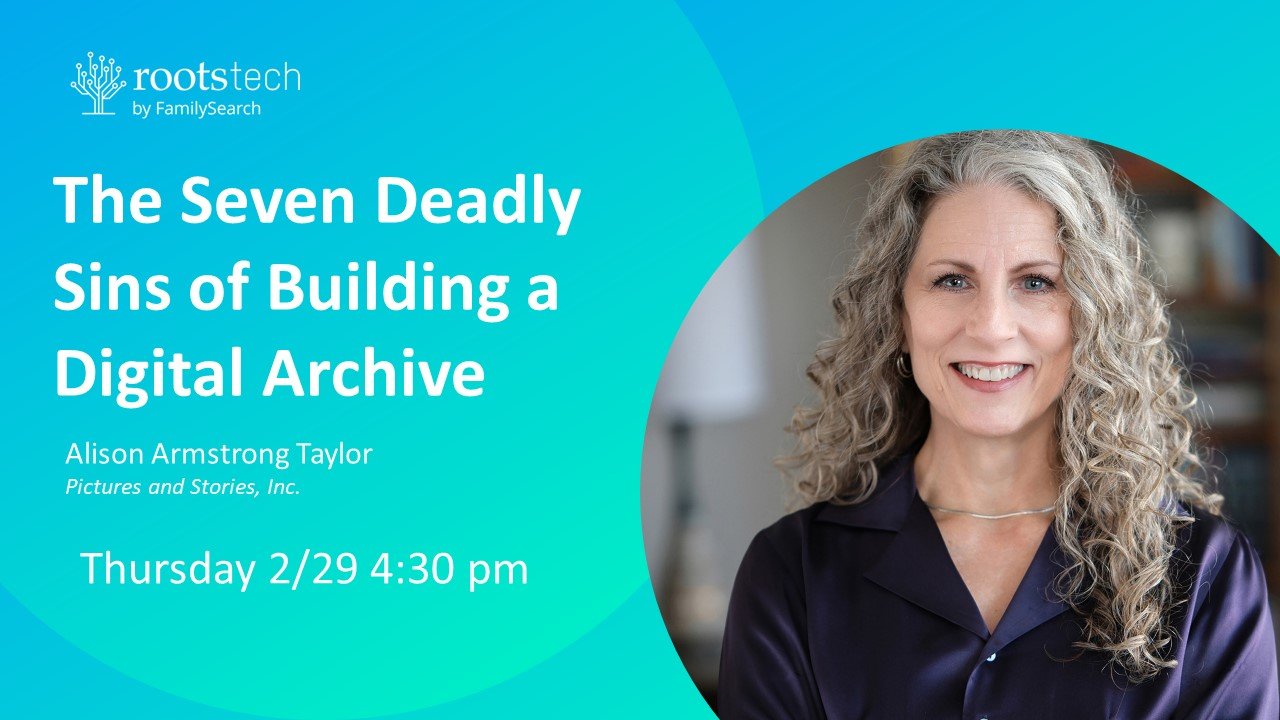A couple of weeks ago, I stood with my daughter, son-in-law, and week-old baby grandson on a windy, lonely hill in rural Pennsylvania. We could have gone to an art museum, or out to dinner, or stayed home with snacks and Netflix. But instead we drove two hours outside the city, newborn in tow, to look at the grave of a dead person we’ve never met.
Baby Henry, meet your sixth-great-grandfather. You won’t remember this trip, but I will.
The Armstrong grave in Carmichaels, Pennsylvania; top, 2001. Bottom, 2016. The stones have deteriorated badly and are nearly illegible now.
I know little of John Armstrong, which is more than I know about some of my ancestors. John was one of the first non-native settlers of Western Pennsylvania. He became a prosperous farmer and boat builder during the Revolution, and, according to the extant ledger of a small general store nearby, bought prodigious amounts of liquor in 1794. The barn he built, although modified, still stands, sustained by massive beams hewn by hand—his hand. He died nearly 200 years ago.
What drew me to this place? What is this irresistible urge I feel to seek the dead? And, perhaps most strangely, why am I not alone in this compulsion?
Our everyday reverence for “family” often manifests as a narrow circumference around our nuclear unit. It is a tight circle; if we are lucky, a circle of love and safety.
But what I felt, standing on that windy hill, was a wider connection. I felt this bond with a man who, by taking care of his own narrow circle two centuries ago, laid stones in a path that I tread today, a path that was begun for him eons before.
Although I’ve never met John Armstrong and his family, I love them. I belong to them. In a whimsical drawing of the tidy farm rendered a century later, I peer at the tiny figures and want to jump in to introduce myself. I expect a warm and enthusiastic welcome, because I am family.
As I research, this circle of connection grows wider still. In seeking my kindred dead, I feel bonded, not just to my extended family, but to all my human brothers and sisters in an eternal circle that transcends time, geography, circumstances.
The spirit of family history is the spirit of love, of belonging. It’s a gift that allows me to understand my place in my own family, and in the family of my heavenly parents. That feeling of belonging is an especially poignant gift for those whose current, nuclear family situation may be less than ideal.
Alice Crawford Armstrong, my 4th-great-grandmother and ancestral mentor.
Sometimes a single story has the power to change a life. More than once, a story of an ancestor has dropped into my proverbial lap, at exactly the right time, to lend strength and perspective in a time of trial. Like the story of Alice Crawford Armstrong, John’s daughter-in-law, which I happened to find in an obscure history book at such a time. Thomas and Alice had moved on from Pennsylvania to settle in the Ohio Territory in the final year of the 18th century. The story goes that Alice spied a deer which had slipped on the ice in the creek near her cabin. “Being no man at hand,” she grabbed an axe and knife and quickly dispatched the deer, providing meat for her family that winter. She made beautiful gloves from the hide, which she sent back to her family in Pennsylvania.
When I found that story years ago, I was a newly-divorced mom, wondering how on earth I would take care of my child and myself. That simple story gave me courage and kept me from despair. Alice, with “no man at hand,” seized an opportunity to provide for her family—and to create something of beauty. I was strengthened and taught by her example. If Alice could do it, so could I. Because we are family, and her DNA lives on in me.






